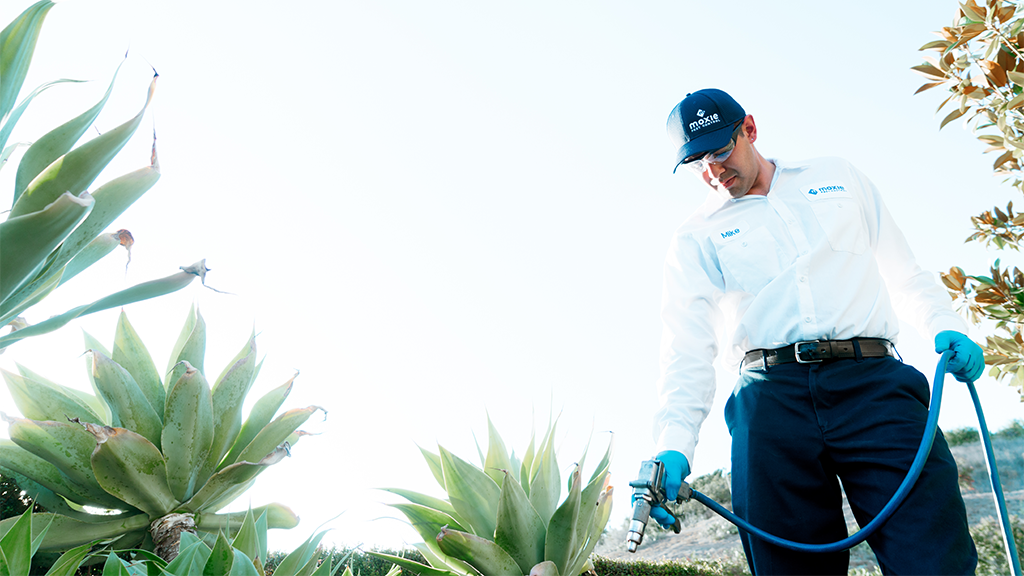Which Roach is Which? How to Identify and Remove Cockroach Species
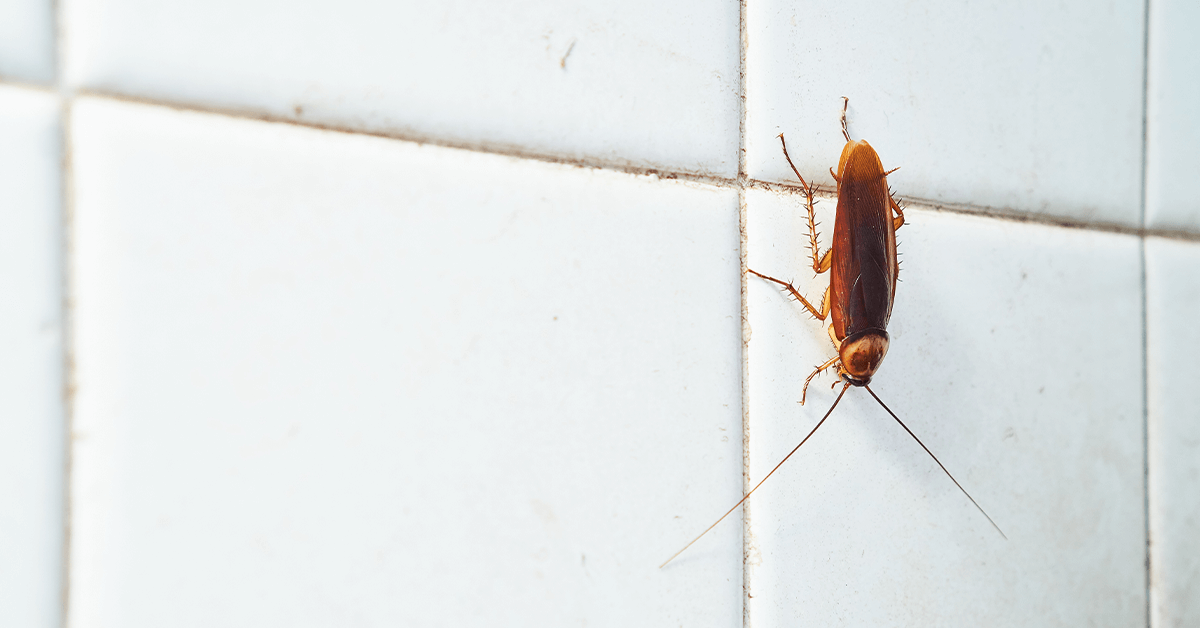
Cockroaches are pervasive pests that are not only a nuisance, but also a public health risk.
These insects are predominantly nocturnal creatures that prefer moist, dark spaces to forage for food. A single cockroach here and there indoors, while repulsive, can be treated quickly and is not necessarily a reason for concern. But if you’re seeing cockroaches regularly, you could have an infestation on your hands.
Cockroach feces can harbor harmful pathogens and cause severe allergic reactions. The kitchen is one of the most heavily trafficked areas in a home, and since some cockroach species prefer the kitchen once they find their way indoors, having an infestation can be a hazard to all in the household.
Another public health concern around cockroaches involves the mental health of those who have infestations in their home. Because cockroaches are commonly associated with uncleanliness or disorganization, many homeowners can suffer depression or anxiety. This may manifest through not inviting people over to entertain or by staying away from certain areas of the home to avoid encountering a cockroach.
WHICH ROACH IS WHICH?
While there are many different species of cockroaches, we’re going to focus on five of the most common that infest structures in the United States. Understanding the cockroaches’ different habits, where to find them, and how to identify them is a crucial first step in any treatment plan.
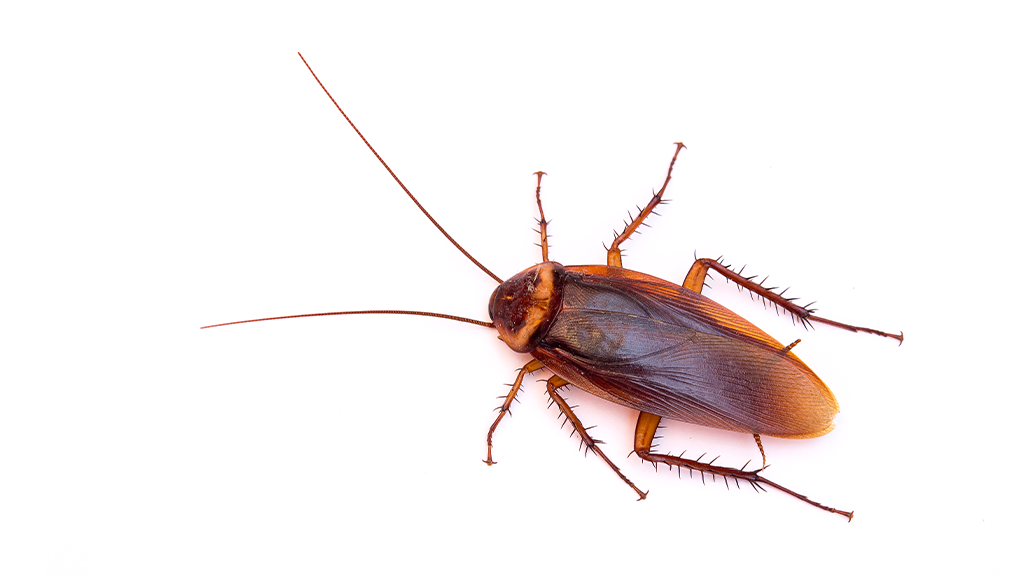
American cockroaches live outdoors in moist, shady areas but are readily found in many commercial spaces and large buildings. They can invade homes after periods of heavy rain. This species usually is between one to one-and-a-half inches long with reddish-brown wings that they use to fly around outdoors. The American cockroach consumes decaying organic matter, but as a scavenger, it will eat almost anything. Due to their association with human waste and disease and their ability to move from sewers into homes and commercial establishments, this cockroach species has been known to transmit bacteria that can cause food poisoning.
The Red Roach is commonly found in warm, humid areas like kitchens, bathrooms, basements, and sewer systems. They hide in dark, damp spaces such as cracks, crevices, and behind appliances. They thrive where food, water, and clutter are present.
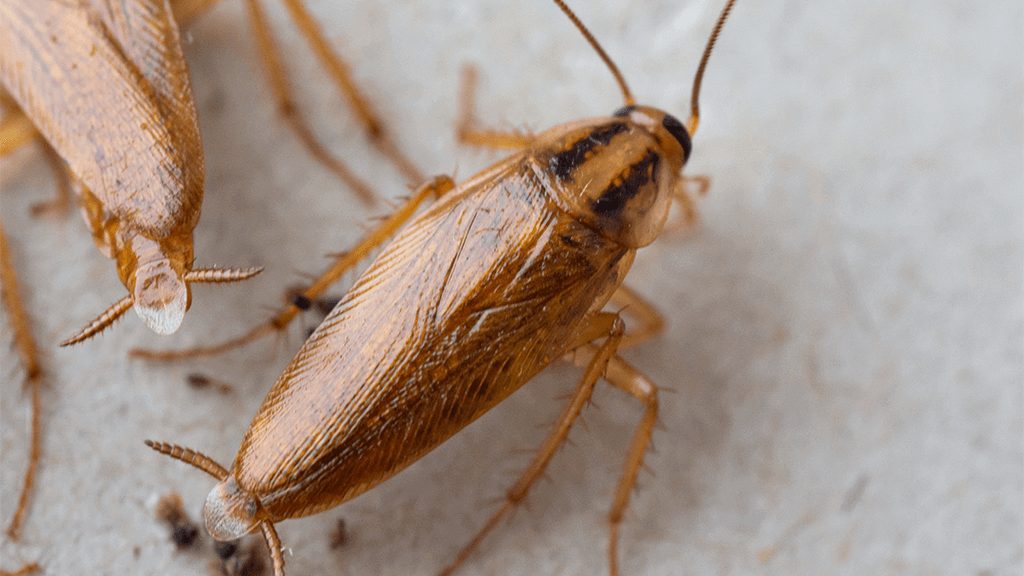
The German cockroach is the most common cockroach species found in residences, typically in kitchens and bathrooms. These insects prefer warm, humid areas and love fermented food. German cockroaches are exclusively indoor pests and rely on human activity for survival. Adults are brown to dark brown with two distinctive stripes along their backs. German cockroaches are believed to be capable of transmitting numerous disease-causing organisms and have also been implicated in the spread of typhoid and dysentery.
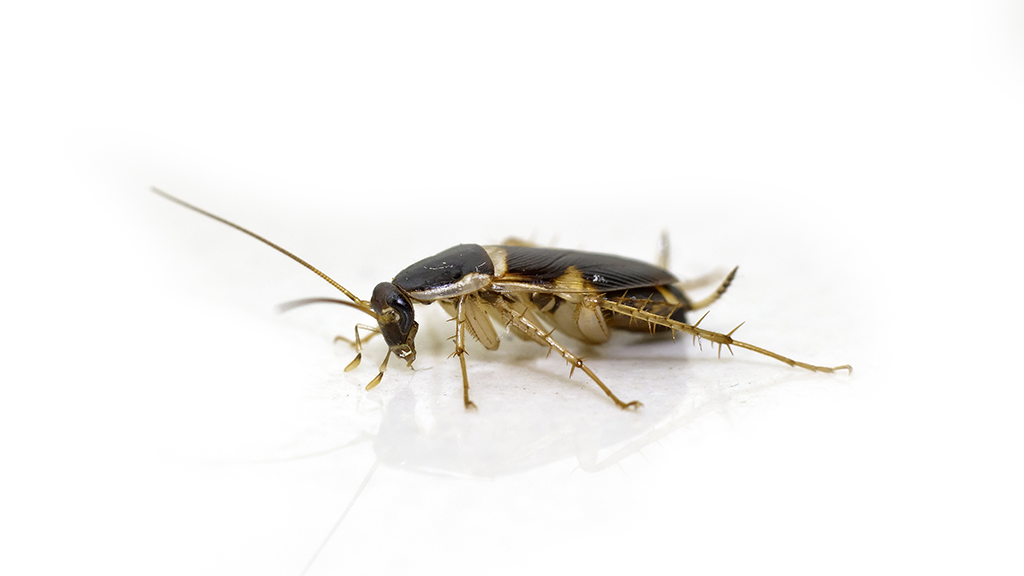
The brown-banded cockroach is commonly mistaken for the German cockroach due to their similar size and coloring. Like the German cockroach, this is a domestic species, meaning that it lives its entire life indoors. This cockroach has two prominent bands of horizontal stripes (hence the name) present on nymphs and adults and can grow a little over a half inch long. They prefer to live in dry environments and have received the nickname “furniture cockroach” because their favorite harborage locations include crevices within or near electrical appliances, behind artwork and decorations on walls, or within hollow legs of furniture. These areas are also where the females will glue their light-brown egg cases. Brown-banded cockroaches are not often found in food preparation and prefer to eat starchy substances. Male brown-banded cockroaches may fly when disturbed but the females cannot fly.
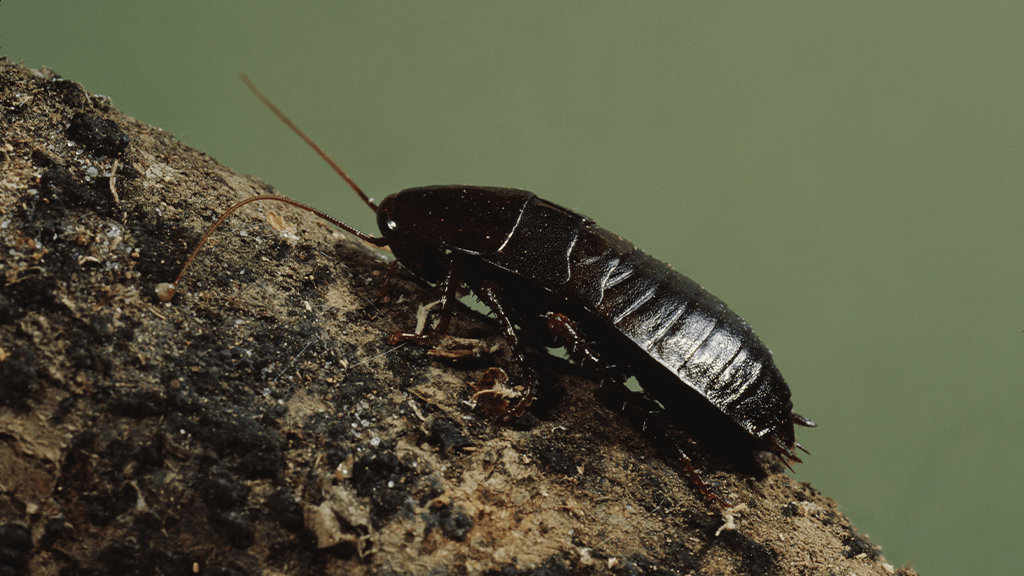
Often referred to as “water bugs” or “black beetles,” oriental cockroaches are primarily outdoor dwellers but can make their way indoors. They prefer dark, damp places, so it isn’t uncommon to find them in garages, basements, and drains. This species can grow up to an inch long and has a dark, almost black, appearance. Though both the males and females have wings, neither can fly. Plumbing structures are a popular mode of transportation for oriental cockroaches, so inspect crawl spaces, under kitchen sinks, and in bathrooms for signs of these roaches (e.g. egg cases, fecal smears, or carcasses), especially when the weather cools and they seek refuge indoors.
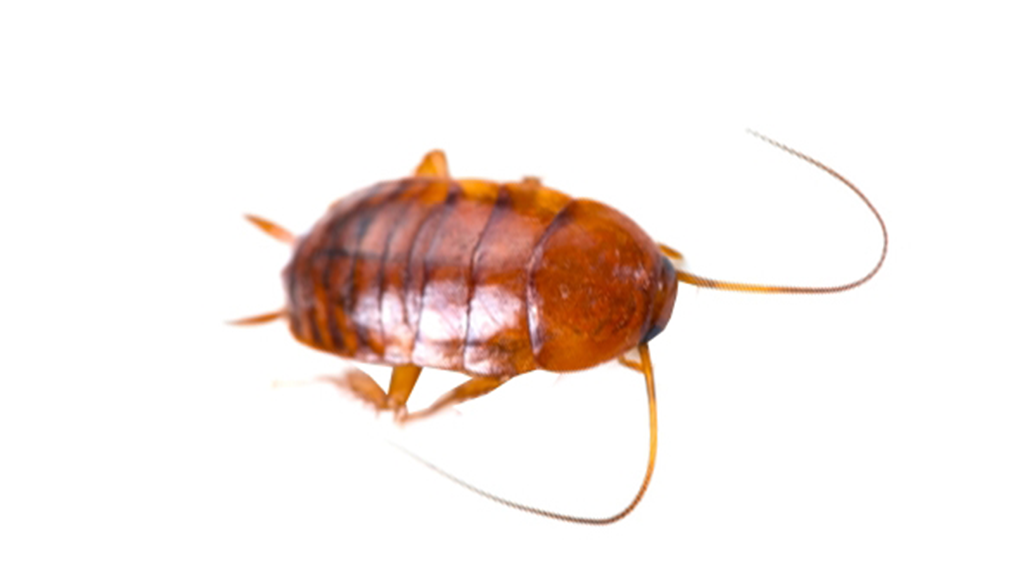
Generally over an inch long at maturity, smokey-brown cockroaches are predominantly found outdoors where they feed off of plant matter. They can be found in vegetation around homes and in planter boxes and wood piles. The adults can fly around and often do so at night around light sources.
ROACH TREATMENTS
A combination of pest control techniques is the best way to keep cockroach populations at bay. Roaches flourish where food, moisture, and shelter are available, so it is important to create as inhospitable an environment as possible. Keep indoor areas where food is stored and eaten tidy, and wipe up any spills.
For outdoor species like the American, oriental, and smokey-brown cockroaches, clear piles of decaying organic material that are close to the home. Cracks and openings around doors and windows should be caulked, and places where plumbing pipes or wires pass through walls or floors should be sealed appropriately. This is especially important in apartment complexes to keep cockroaches from migrating from unit to unit.
Once preventative measures are taken, cockroach-combating products can be used as part of a comprehensive pest management plan. Professional pest control treatments are usually helpful in addressing cockroach infestations, especially with German cockroaches. The products can range from liquid or aerosol sprays to edible baits and dusts. A professional pest control expert will typically treat around harborage areas for best results. The places where cockroaches decide to hide varies by species, so identifying the type of cockroach you’re seeing will be the expert’s first action.
Dusts and sprays are typically applied in small amounts and are focused on areas where cockroaches may be hiding, such as along the edges and corners of cabinets and the wall/floor junction around appliances.
Baits often offer the best results. The plastic-style bait stations are placed flush against corners and edges of cabinets and countertops. These are the areas most commonly traversed by cockroaches. Gel-type baits applied with a syringe often are more versatile and efficient since they increase the chances of contacting a cockroach. Bait is placed wherever the pest control expert sees fecal spotting or cockroaches themselves. Cockroaches that feed on baits are not killed immediately, and bait traps can take up to seven days to start showing results depending on the infestation. Reapplication may be necessary during the course of treatment.
Whether it’s cockroaches or other invasive insects, give us a call to help you with your home pest control needs. Cockroaches don’t have to be part of your household when you’ve got Moxie Pest Control on your side!

